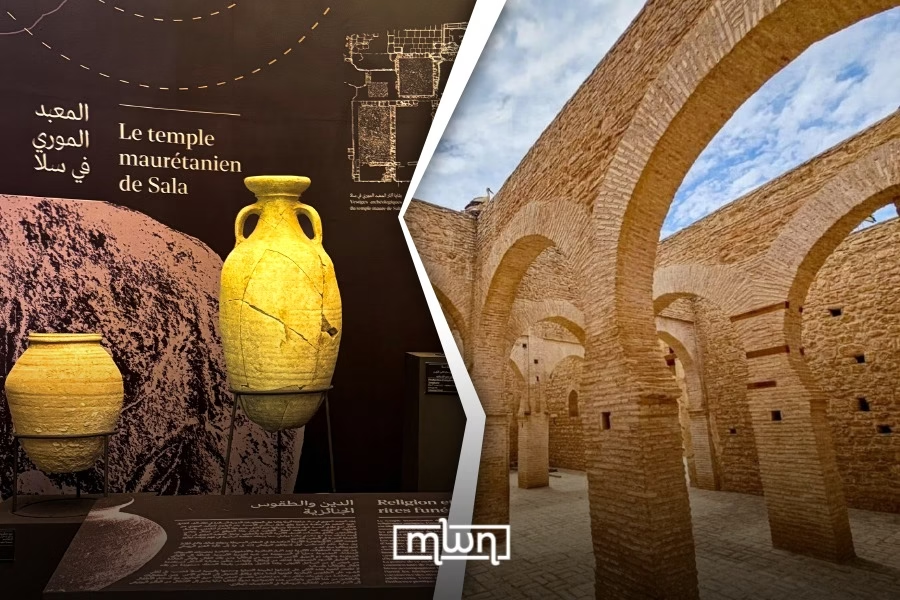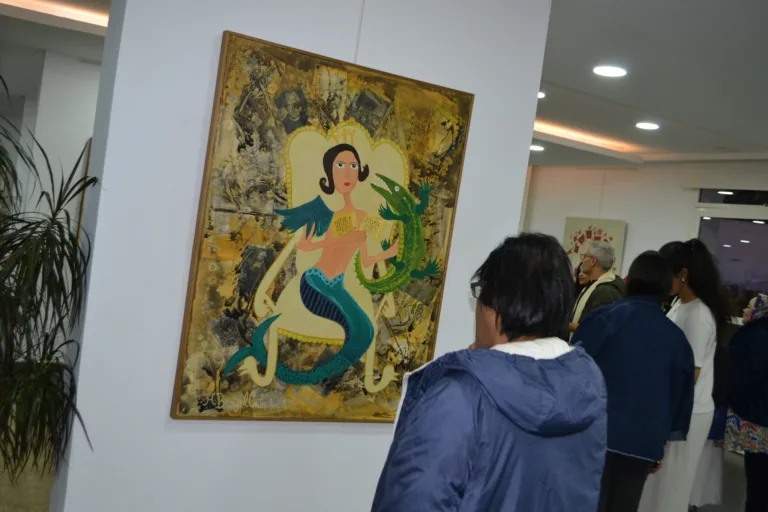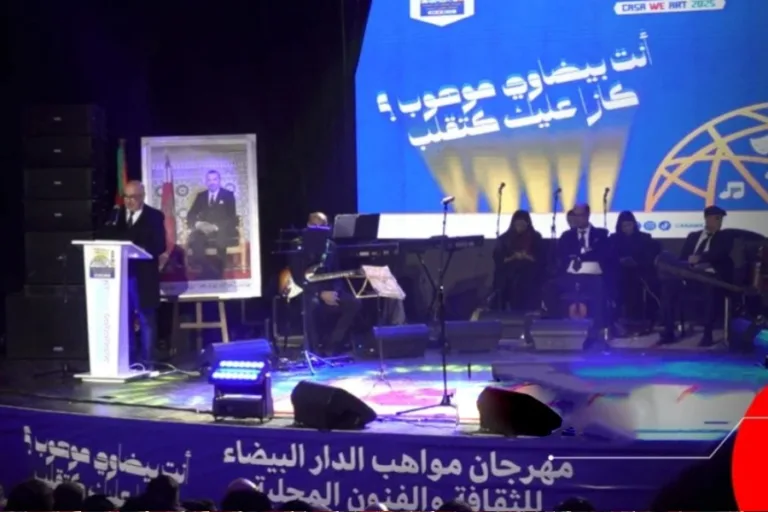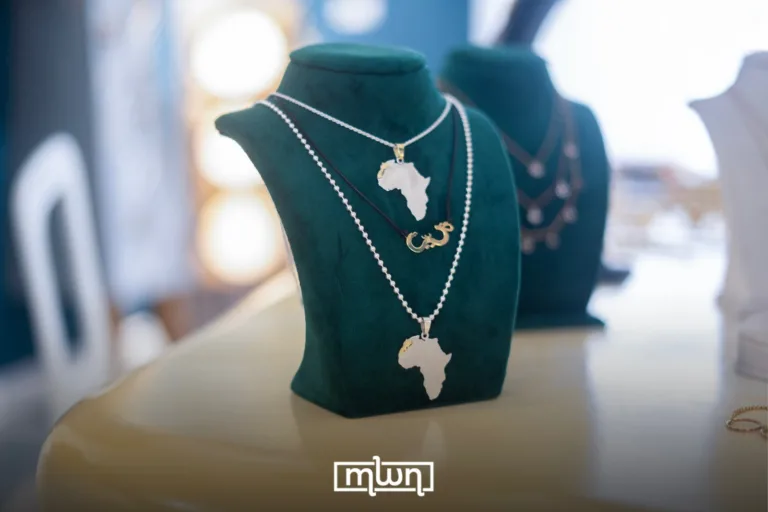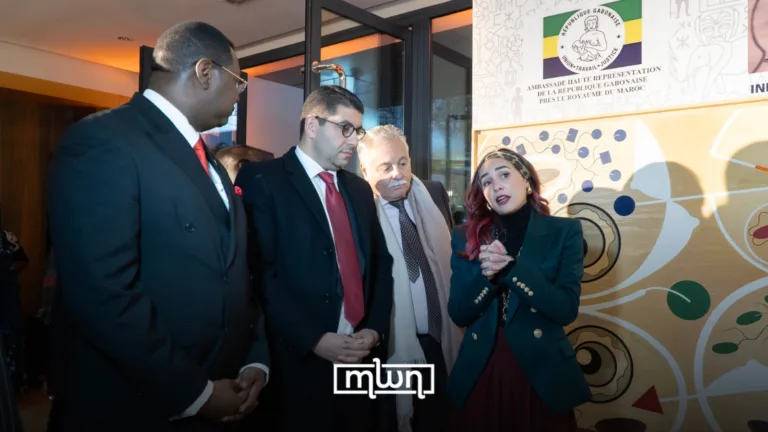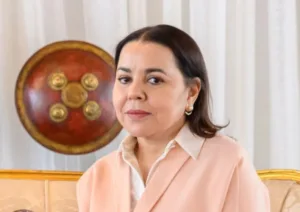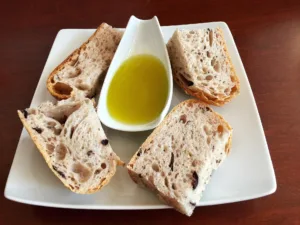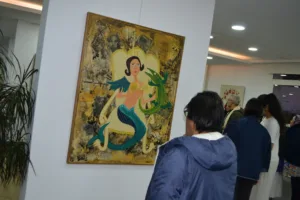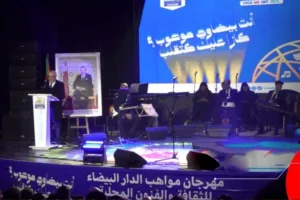An ancient necropolis is stepping into the present as Morocco turns Chellah into a museum under open skies.
Fez– Chellah is no longer just an archaeological site, it’s now a living, open-air museum.
With the launch of the new exhibition “Sale, Hidden Treasures: The Mauritanian Legacy” at Bab Ain Ajenna, Rabat’s ancient necropolis is being reimagined as a cultural space where history isn’t just preserved, but actively shared with the public.
This exhibition is the latest chapter in Morocco’s growing commitment to heritage accessibility.
It builds on the momentum of Bank Al-Maghrib’s earlier initiative, “Sale, Hidden Treasures of an Ancient Moroccan City,” and brings together an impressive list of collaborators: the Rabat Region Historical Heritage Company (RRPH), the Bank Al-Maghrib Museum, the Ministry of Youth, Culture and Communication, the National Museums Foundation, and the National Institute of Archaeology and Heritage Sciences.
This coalition signals a clear intent: to make heritage tangible, engaging, and relevant to today’s audiences.
The exhibition is part of a wider 2024 revitalization program for the Chellah, spearheaded by RRPH.
Recent upgrades include a newly designed visitor path, custom signage, and multilingual audioguides, all created to elevate the experience from a passive walk through ruins to an active encounter with Morocco’s ancient past.
Now, with this latest addition, the site is taking on a whole new identity: that of a museum without walls.
Displayed for the first time, the exhibition features a remarkable collection of artifacts unearthed from the Chellah itself.
These include pottery, coins, sculptural fragments, and religious items; each one a direct link to the site’s Mauritanian period.
The result is a visitor experience that is both scientifically rich and deeply immersive.
But more than just artifacts under glass, what’s being showcased is a story. A story of a city that once stood at the intersection of civilizations, trade routes, and empires.
The objects reflect daily life, spiritual practices, and architectural flourishes of the time, offering a grounded but vivid picture of a long-gone era.
Seeing them displayed where they were originally found adds a powerful dimension of context and connection.
This approach to cultural mediation, bringing history to life through place-based storytelling, is central to the exhibition’s mission. It’s not about nostalgia or romanticism.
It’s about real, evidence-based history made accessible and meaningful to a wide public.
With this transformation, the Chellah is no longer just a monument to visit. It’s a museum to explore. One where stones speak, and silence holds centuries of memory. One that invites Moroccans, and visitors from around the world, to see their heritage not as something distant, but as something alive.
The exhibition is now open to the public, marking an important step in how Morocco reimagines and reclaims its cultural legacy.

